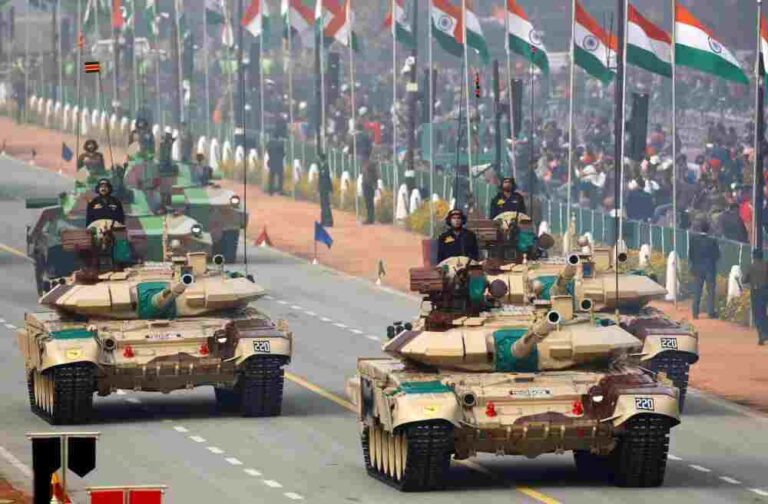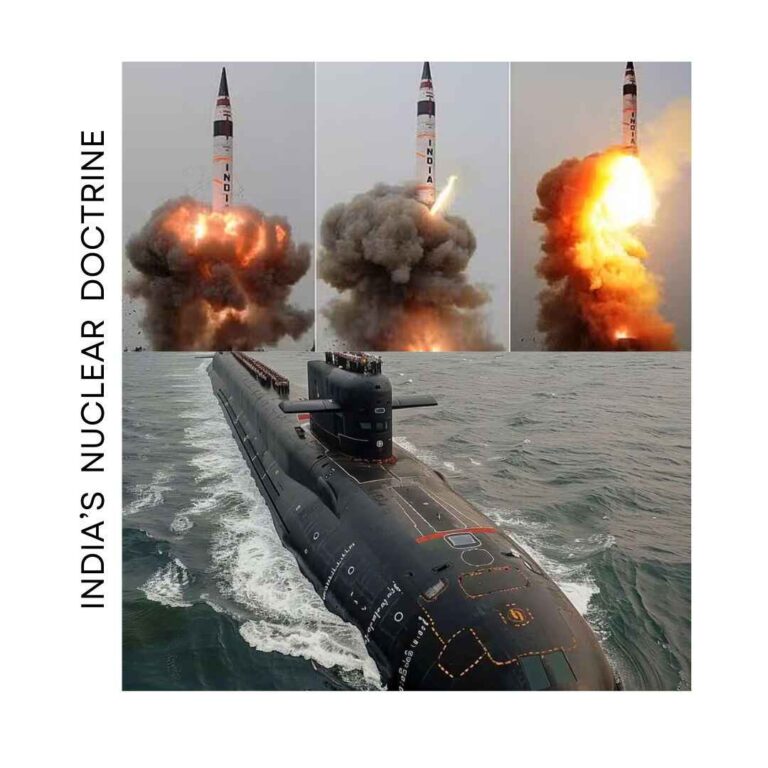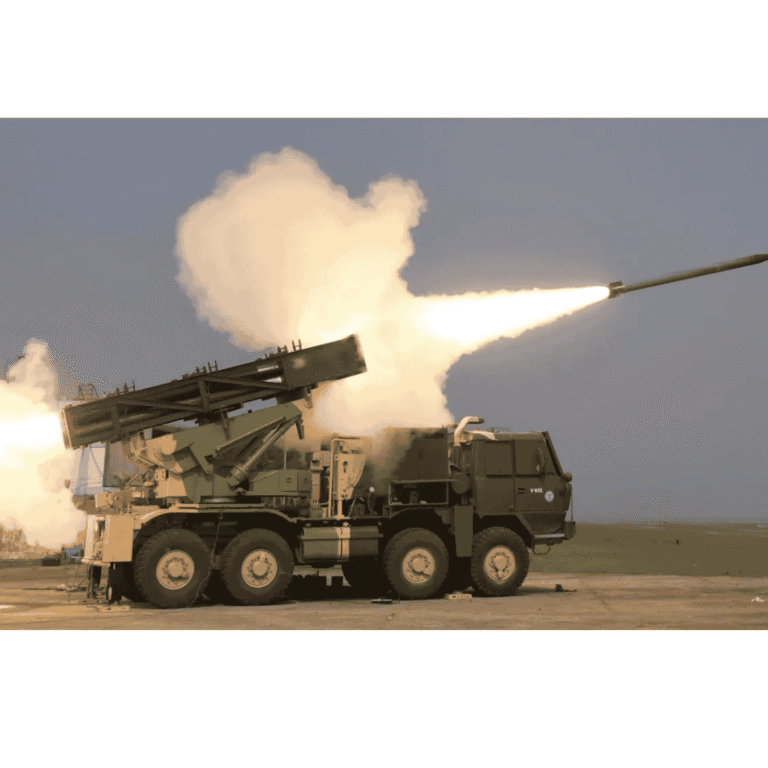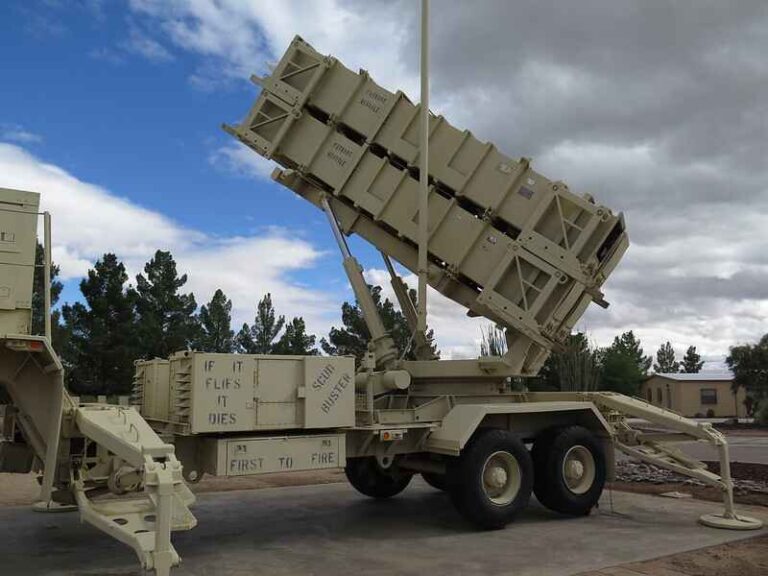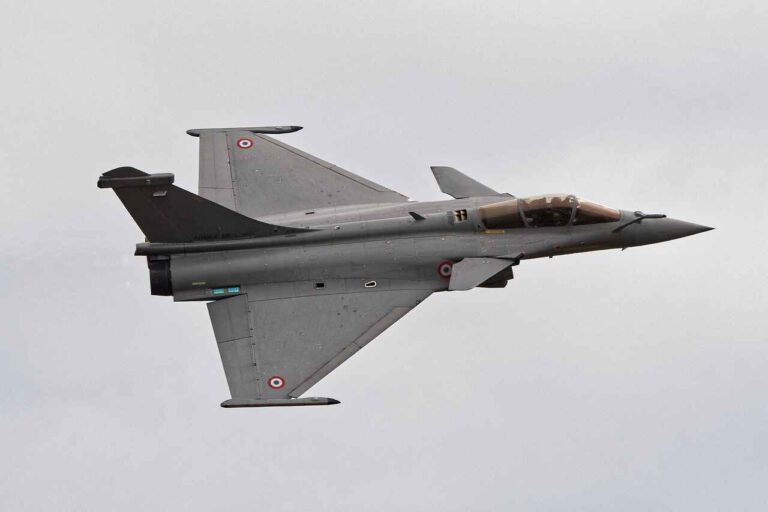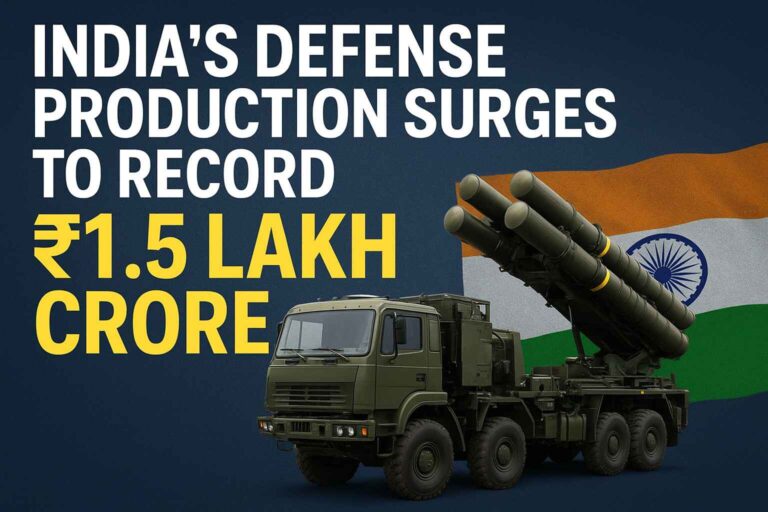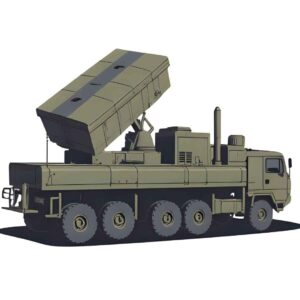Introduction
On the morning of April 22, 2025, at Pahalgam, Jammu and Kashmir, a horrible terrorist strike rocked the nation’s conscience, killing 26 innocent visitors. The scope, daring, and symbolic timing of the assault indicated not only a security failure, but also a deeper, systemic provocation designed to test India’s strategic forbearance.
In response, the Indian government launched Operation Sindoor, a high-intensity military campaign that went far beyond ordinary reprisal.
In contrast to earlier responses, Operation Sindoor transcended mere punitive military action; it represented a significant doctrinal declaration.
It constituted a watershed moment in India’s stance towards cross-border terrorism, regional security concerns, and the fundamental concepts that guide its military and nuclear strategy.
This operation did more than merely act against the culprits; it also reset the rules of engagement for potential future wars.
Through Operation Sindoor, India displayed a major shift from strategic restraint to strategic assertion—in which the cost of terrorism is not only limited tactical losses but also possible regional destabilization for terrorist sponsors.
More crucially, it has paved the way for a serious re-evaluation of India’s nuclear doctrine, which was formerly defined by restraint under the “No First Use” principle but is now being reconsidered in light of ongoing asymmetric threats.
Pre-Operation Sindoor Strategic Framework
Until the beginning of Operation Sindoor, India’s strategic stance was based on a concept of calibrated restraint, moulded by decades of conventional military prudence and a nuclear policy aimed at preventing escalation.
This framework was designed to prevent both military attack and nuclear brinkmanship, primarily by Pakistan and, increasingly, China.
India’s conventional military posture was mostly based on the Cold Start Doctrine (CSD), a concept created in the early 2000s.
It envisaged the rapid mobilization of integrated battle groups (IBGs) for quick, limited strikes across the border without exceeding the nuclear threshold. Despite its strategic importance, Cold Start Doctrine was never fully implemented, owing mostly to political hesitation and practical constraints.
In practice, India’s conventional responses to terrorist provocations, including as the 2016 surgical strikes and the 2019 Balakot airstrikes, were accurate and measured.
These activities were carried out within strictly defined limitations to prevent escalation while displaying resolve. However, these measured retaliations often were unsuccessful to prevent future assaults, as the adversary exploited the gap below India’s conventional and nuclear thresholds.
India’s nuclear philosophy, fully established in 2003, was based on three basic principles:
No First Use: India would not launch a nuclear assault, but it would respond massively if attacked with nuclear weapons.
Credible Minimum Deterrence: The goal was to keep just enough nuclear capability to ensure retaliation, not parity.
Massive Retaliation: Any nuclear attack on India or its forces will lead to an overwhelming retaliation.
This concept was largely considered as morally superior and strategically stabilizing, especially when compared to Pakistan’s unclear first-use policy and tactical nuclear weapons posture. Critics contended that India’s No First Use policy and declaratory caution offered strategic scope for asymmetric provocations, notably state-sponsored terrorism that operates below the nuclear threshold.
Operation Sindoor: A Turning Point
Operation Sindoor marked a watershed point in India’s national security strategy, transforming theoretical theory into effective action. The operation, launched immediately after the terrible Pahalgam terror incident, was more than a retaliatory action; it was also a strategic reset. It highlighted the convergence of political will, military readiness, and doctrinal progress, indicating India’s transition from reactive restraint to pre-emptive assertiveness.
The New War Doctrine
Following Operation Sindoor, India presented a drastically reoriented war doctrine—one that abandons its customary restrained posture in favor of a more agile, forceful, and proactive use of military force. This new doctrine is based on three important pillars: preemptive action, multi-domain integration, and escalation dominance, and it radically alters India’s strategy for deterring and defeating future threats.
From Reactive to Pre-emptive Force
Historically, India’s use of force has been guided by the notion of strategic restraint—even in the face of grave provocations. The new doctrine contradicts that logic.
Pre-emptive self-defence is widely recognized as a legal and essential military response.
Intelligence-based actions can be allowed prior to an attack, especially when credible intelligence indicates that a terrorist activity is imminent.
The ideology blurs the artificial distinction between peace and conflict, particularly when dealing with state-enabled non-state entities acting under the guise of nuclear deterrent.
Rapid Mobilization and Theatre Command
The new doctrine emphasizes speed and surprise.
India’s conventional forces are being reformed into Integrated Theatre Commands, which will enable real-time coordination across the Army, Navy, and Air Force.
Integrated Battle Groups (IBGs)—pre-formed, flexible, and combat-ready formations—can now be deployed quickly across numerous borders, especially in risky border sectors.
War strategy focuses on limited but intense engagements with political monitoring and escalation management, allowing India to accomplish tactical wins without risking full-scale war.
Multi-Domain Operations
The new doctrine includes non-traditional realms of combat, reflecting worldwide developments in modern military strategy.
Cyber warfare is now integrated into traditional combat strategy, with offensive and defensive cyber assets deployed alongside kinetic strikes.
Space assets, such as satellite surveillance and navigation systems, are used to provide real-time situational awareness and precision targeting.
Information warfare and strategic communications help control the narrative, refute misinformation, and shape public and international opinion.
Evolving Nuclear Posture
While Operation Sindoor highlighted India’s shift in conventional military thinking, it also indicated a subtle but significant shift in its nuclear policy. India maintains its long-standing commitment to “No First Use” and Credible Minimum Deterrence. However, recent strategic indications and doctrinal reinterpretations point to a more adaptable and assertive nuclear posture—one that strengthens deterrence through ambiguity, responsiveness, and escalation management.
India’s nuclear doctrine, officially declared in 2003, established the principle of non-first use (NFU): India would never be the first to use nuclear weapons, but would respond with enormous force if attacked with them.
However, in the face of continuing cross-border terrorism under Pakistan’s nuclear umbrella, the “No First Use” policy is increasingly considered as a strategic limitation rather than a stabilizing commitment. Post-Sindoor trends indicate a recalibration of “No First Use”, fuelled by necessity to deter Pakistan’s nuclear blackmail using tactical nuclear weapons and for maintaining strategic ambiguity is critical for maintaining escalation dominance.
Statements from top Indian authorities and strategic community members show that the “No First Use” is not immutable and is vulnerable to evolving threats.
While no official change has been stated, the doctrine has evolved from a hard declarative policy to a conditional strategic premise, allowing for reinterpretation if national security so demand.
Regional and Global Implications
India’s rebalanced war and nuclear doctrines, exemplified by Operation Sindoor, have reverberated across both regional and global strategic domains. The message is clear: India is no longer satisfied with strategic restraint in the face of repeated provocations, and its reaction strategy has switched from symbolic reprisal to deterrence through decisive action. This transformation has far-reaching ramifications for South Asia, the Indo-Pacific region, and the global security environment.
Implications for Pakistan
The most immediate and profound impact is felt in Islamabad. India’s new doctrine undermines Pakistan’s long-standing reliance on sub-conventional warfare under a nuclear shield. By elevating the cost of terrorism and expanding the scope of retaliation, India has made clear that nuclear deterrence will not protect sponsors of proxy violence. The emphasis on pre-emptive and punitive strikes creates strategic uncertainty for Pakistan’s military planners, compelling them to rethink the utility of tactical nuclear weapons and cross-border provocations. Internally, this shift could exacerbate civil-military tensions in Pakistan, especially if India’s posture forces a re-evaluation of its “bleed India with a thousand cuts” strategy.
Signal to China
While Operation Sindoor was triggered by an attack linked to Pakistan-based groups, the doctrinal implications extend eastward as well. China is closely observing India’s growing emphasis on joint commands, forward deployment, and escalation control, particularly in the context of recent border standoffs in Ladakh and Arunachal Pradesh. The integration of multi-domain operations—including cyber, space, and precision-strike capabilities—signals to Beijing that India is preparing for a two-front contingency and will no longer tolerate territorial provocations without calibrated military pushback. India’s doctrinal clarity is also designed to deter coercive diplomacy and gray-zone warfare tactics often employed by China along contested borders.
Indo-Pacific and Quad Synergy
India’s assertiveness is aligned with the broader Indo-Pacific strategic agenda of countering authoritarian assertiveness and ensuring regional stability. Members of the Quad (US, Japan, Australia, India) and other like-minded partners may welcome India’s proactive doctrine as a force multiplier in the region. It enhances India’s value as a net security provider in the Indian Ocean Region, boosting its credibility in maritime domain awareness, counter-terrorism, and strategic deterrence.
Global Reactions and Strategic Perceptions
International reactions to India’s new doctrine have been measured and cautious: The United States and France have expressed support for India’s right to self-defense, while underlining the importance of de-escalation procedures to prevent inadvertent conflict spirals. Russia, a long-time defense partner, is concerned about the possible destabilization of South Asia and continues to advocate for talks with Pakistan. China has publicly urged against militarization, but secretly recognizes India’s rising resolve as a significant role in regional deterrence equations. Strategic think tanks and non-proliferation organizations have expressed concerns about the future of the “No First Use” policy and the risk of nuclear signal misinterpretation, particularly in high-tension scenarios.
Conclusion
Operation Sindoor is more than just a military response to a horrific act of terrorism; it represents a watershed moment in India’s national security strategy. The Pahalgam attack was a horrific reminder that words and diplomatic caution cannot stop state-sponsored terrorism. In the aftermath, India has not only retooled its tactical playbook, but also redefined the very foundations of its military doctrine.
The new strategy indicates a significant shift away from patient caution and towards proactive deterrence and decisive action. It operationalizes integrated military power, encourages preemptive engagement, and adds flexibility to nuclear signaling—all while maintaining India’s image as a responsible global power.
India’s evolving doctrine is not an abandonment of its strategic values—it is a refinement of its deterrence credibility. It recognizes that in an age of hybrid warfare and nuclear ambiguity, deterrence is not just about capabilities but about clarity, conviction, and consequences. Through Operation Sindoor, India has drawn a red line—not just in blood, but in doctrine.
In the years ahead, the effectiveness of this new doctrine will lie not only in its implementation but in its strategic communication—to allies, to adversaries, and to the Indian people. For now, the message is unmistakable: India will no longer absorb provocation. It will define the battlefield—on its own terms, at its own time, with overwhelming force.


